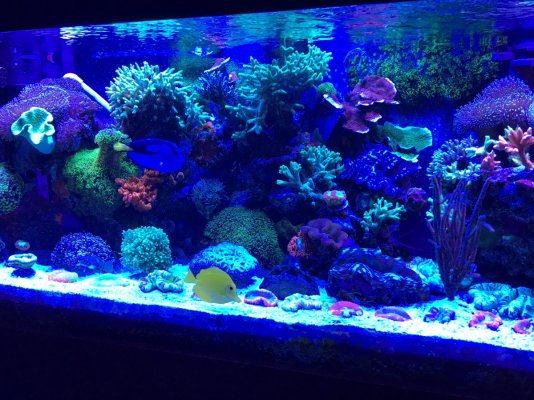I have been an aquarist of sorts for over 10 years now, but didn't dive into the salt side until just over a year ago. Like most people i started small with a bicube16 and probably didnt do enough research here before starting.
Long story short, I started with Coral Pro salt mix and never once texted anything other than nitrates, ammonia, and salinity for the most part. I have still not kept any super demanding corals in that tank, so when things looked sad i would just do a water change, and aside from still battling dinos in that tank, everything has gone pretty well.
Now to get to the point, the tank in question is my 36 gallon bowfront office tank. Its been up for roughly 5 months now and is getting pretty full of goodies, I know its early, but i decided to try some sps frags. Until this point i had never really tested some of the things that need to be tested to keep more demanding corals.
The frags are all still alive after 3 weeks in the tank (except a montipora that bleached almost overnight). The thing i am noticing is tip burn on my other sps frags. 3 of the remaining 5 have decent polyp extension, but the tips are starting to bleach it appears. My understanding, is that this can happen with high KH. But this is confusing to me, because i was under the understanding that higher KH was good for growth.
Im running coral pro salt mixed to 1.025 salinity. This salt mixes in the higher range of KH. So why would this supposedly be a salt designed for mixed reefs with the purpose of having the higher numbers, if it will damage the coral.
My other numbers are as follows and have been pretty consistent since after the edition of the sps (whish is when I really started testing these things every other day. )
Rodi water only, I have a handheld tds meter that I check my rodi stored water with once a week.
(weekly 5gal water changes)
temp 77-78 consistent
salinity 1.025
ammonia 0 (api)
nitrate 10 (api)
phosphate .00-.01 (hanna ultra low)
alk 11-11.8 dkh (red sea )
ph 8.0-8.3
My main question is, would it be wise to switch to a different salt mix? If so which mix would you recommend, and how would you go about making that switch?
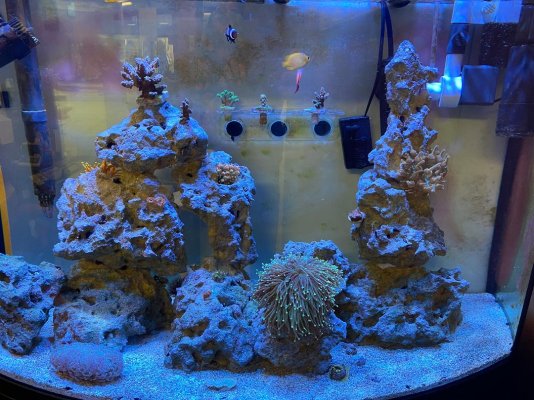
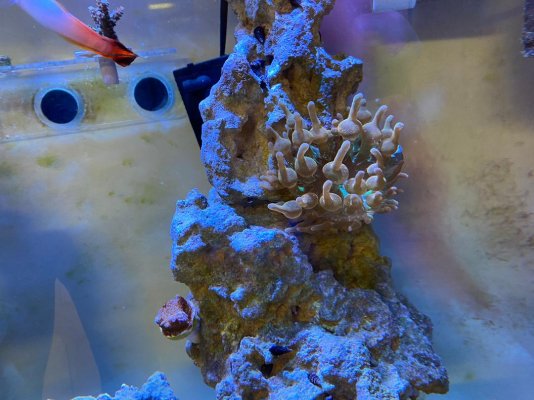
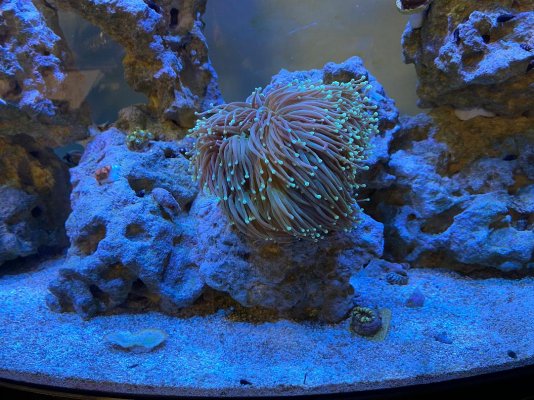
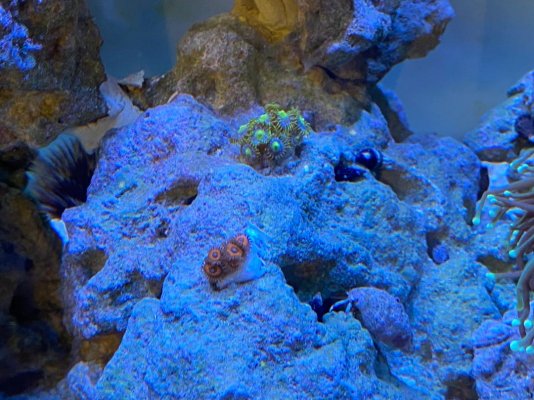
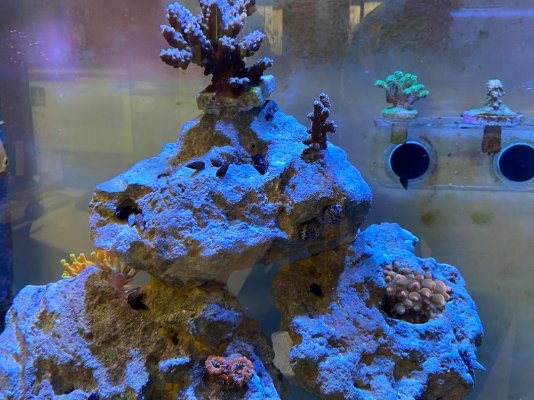
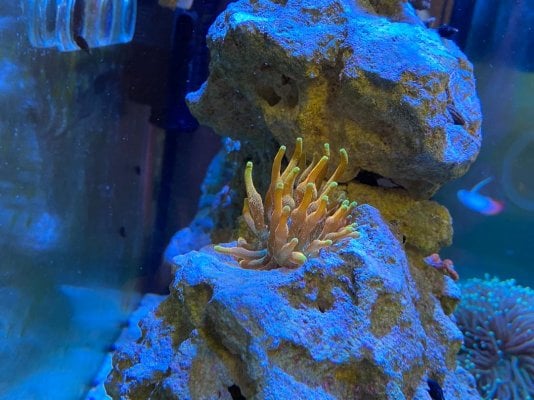
Long story short, I started with Coral Pro salt mix and never once texted anything other than nitrates, ammonia, and salinity for the most part. I have still not kept any super demanding corals in that tank, so when things looked sad i would just do a water change, and aside from still battling dinos in that tank, everything has gone pretty well.
Now to get to the point, the tank in question is my 36 gallon bowfront office tank. Its been up for roughly 5 months now and is getting pretty full of goodies, I know its early, but i decided to try some sps frags. Until this point i had never really tested some of the things that need to be tested to keep more demanding corals.
The frags are all still alive after 3 weeks in the tank (except a montipora that bleached almost overnight). The thing i am noticing is tip burn on my other sps frags. 3 of the remaining 5 have decent polyp extension, but the tips are starting to bleach it appears. My understanding, is that this can happen with high KH. But this is confusing to me, because i was under the understanding that higher KH was good for growth.
Im running coral pro salt mixed to 1.025 salinity. This salt mixes in the higher range of KH. So why would this supposedly be a salt designed for mixed reefs with the purpose of having the higher numbers, if it will damage the coral.
My other numbers are as follows and have been pretty consistent since after the edition of the sps (whish is when I really started testing these things every other day. )
Rodi water only, I have a handheld tds meter that I check my rodi stored water with once a week.
(weekly 5gal water changes)
temp 77-78 consistent
salinity 1.025
ammonia 0 (api)
nitrate 10 (api)
phosphate .00-.01 (hanna ultra low)
alk 11-11.8 dkh (red sea )
ph 8.0-8.3
My main question is, would it be wise to switch to a different salt mix? If so which mix would you recommend, and how would you go about making that switch?













